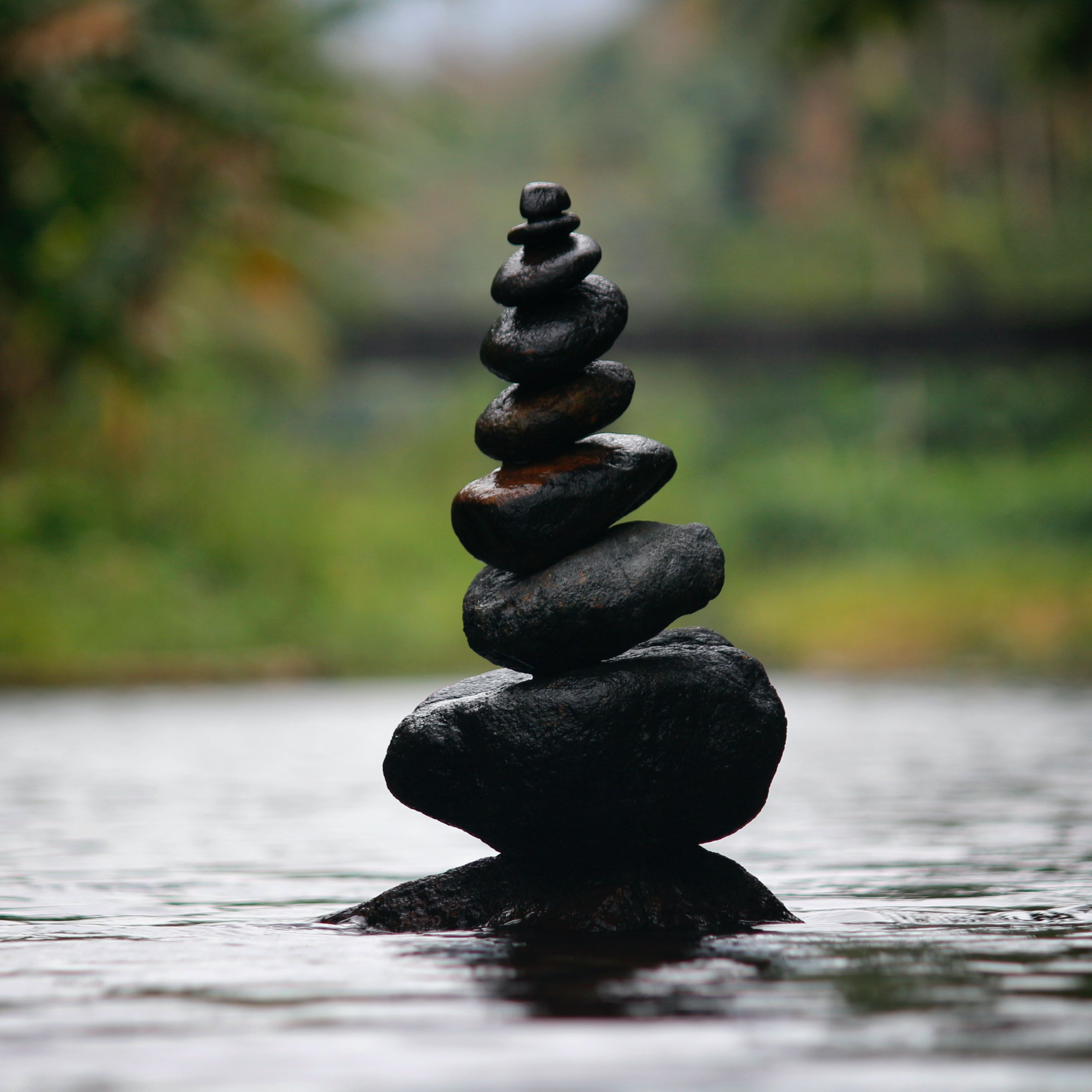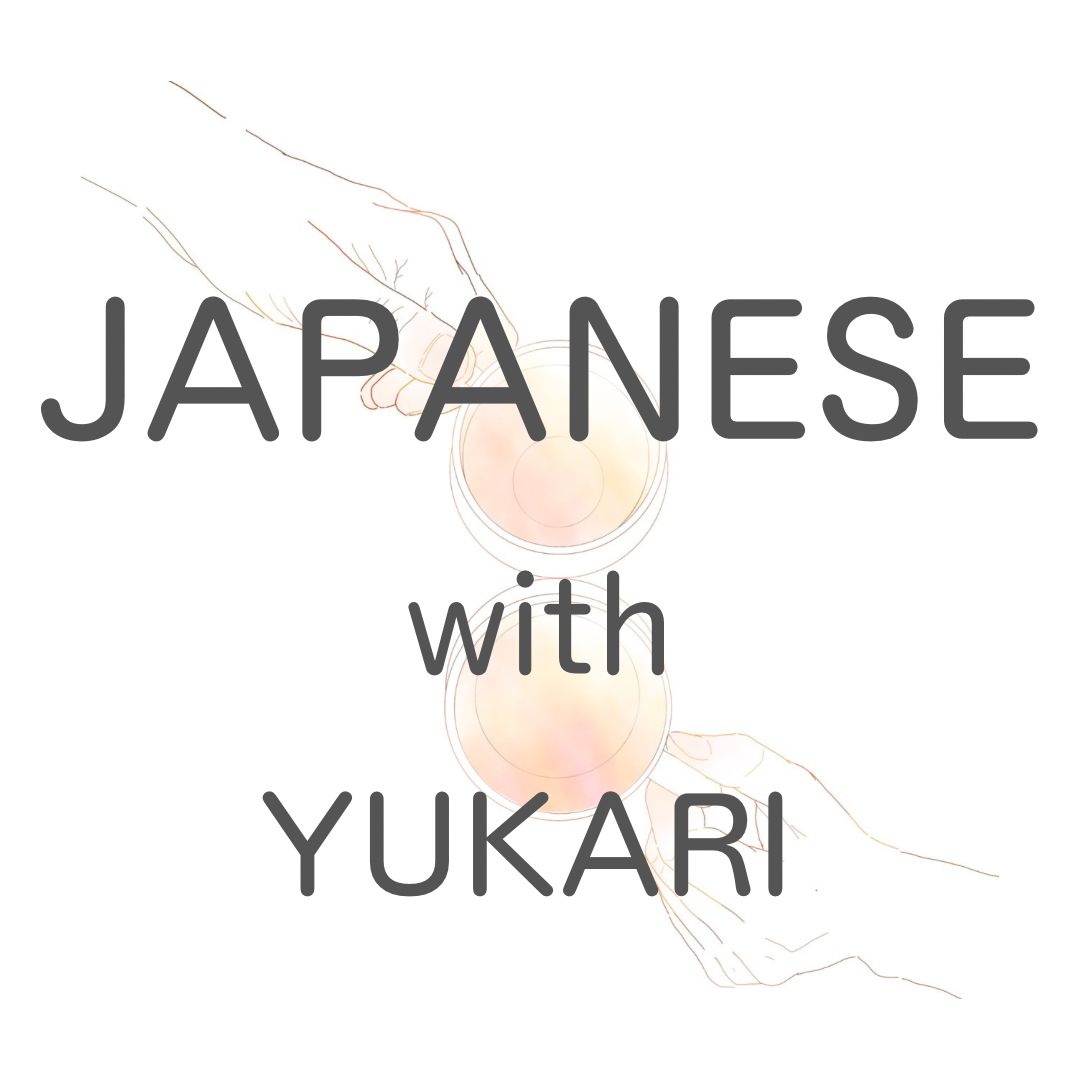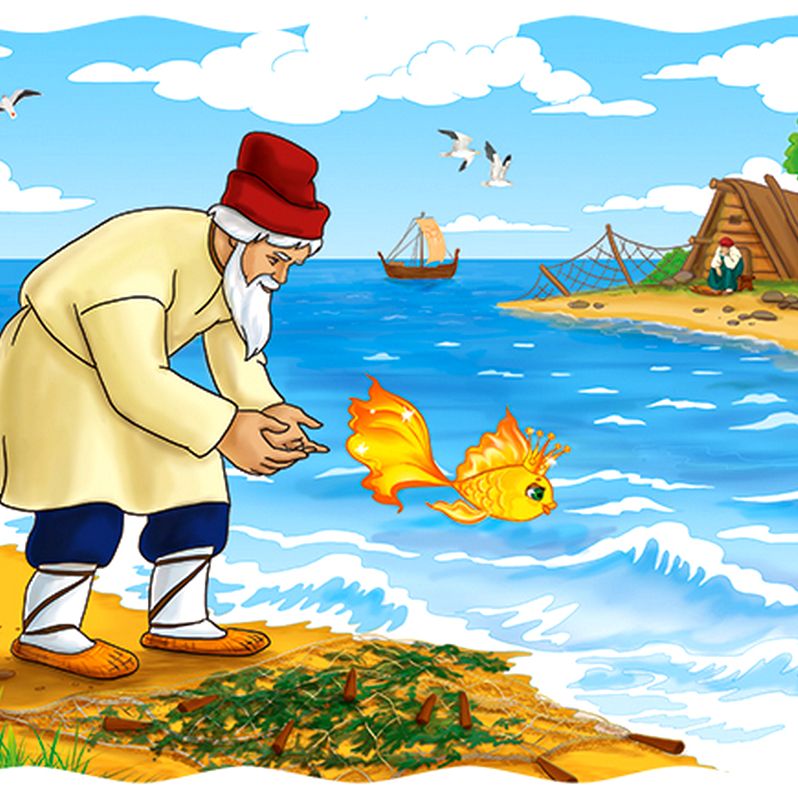
From Japan to Hawaii: The History of Aloha Shirts
Omschrijving
It's no secret that Hawaii is a favorite destination for Japanese tourists. In 2023, the islands welcomed around 573,000 visitors from Japan — the most from any country.
But did you know there's a connection between Japan and Hawaii that goes beyond travel and into clothing?
Aloha shirts, also known as Hawaiian shirts, have roots in Japanese culture, beginning with Japanese immigrants in Hawaii.
In the late 1800s, Japanese immigrants in Hawaii started importing Japanese clothing as well as rolls of fabric to make clothes with.
In the 1920s, locals in Hawaii saw these fabrics and started using them to make casual dress shirts with Japanese patterns on them. These shirts became popular with tourists to Hawaii.
Soon after, aloha shirts were made in bulk, but instead of using fabric made for Japanese clothing, stores in Hawaii started bringing in printed fabrics made just for aloha shirts.
And by the late 1930s, the designs had changed from Japanese patterns to the Hawaiian inspired patterns we're used to today — images of Mount Fuji and Japanese pine trees were replaced with things like coconut trees, surfers and fish.
But even though today's aloha shirts don't look very Japanese inspired, they still remain popular within Japan.
Yosuke Seki, an aloha shirt aficionado who goes to Hawaii every year, told CNN he wears his shirts daily, and hopes to inspire others to try them.
"Right now, I'm wearing a replica of one of the expensive designs," Seki said, adding that his shirt cost between $130 and $200. The more expensive shirts can cost thousands of dollars, he explained.
And for some fans, aloha shirts are not just clothing — they're collectable items, or even considered art.
Yoshihiro Nakano is the brand director of Sun Surf, a Japanese company that has been making aloha shirts for about 50 years. Many customers don't even wear the aloha shirts they buy, and instead just collect them or frame them, Nakano told CNN.
Podcast Kanaal
Practice Listening, Reading & Comprehension
Auteur
Alle afleveringen

Отрывок из рассказа "Испанские шапочки" Л. Пантелеев

#8. Одно слово во всех падежах (сестра) / One word in all cases (sister)

Mein Schutzraum

34. 釣(つ)りをする/Japaneseだんだんpodcast

Сказка о рыбаке и рыбке часть 2

This is much easier than it was 5 minutes ago!

Buona fine e Buon Inizio!

Del papel al cristal. La evolución de los dispositivos en la enseñanza.
Populaire afleveringen

Reading Russian
Отрывок из рассказа "Испанские шапочки" Л. Пантелеев

Lera teaches Russian
#8. Одно слово во всех падежах (сестра) / One word in all cases (sister)

Entspannung
Mein Schutzraum

Japaneseだんだんpodcast
34. 釣(つ)りをする/Japaneseだんだんpodcast

Russfriend (all about russia)
Сказка о рыбаке и рыбке часть 2

DAILY Business English VOCABULARY builder
This is much easier than it was 5 minutes ago!

The Italian Miscellaneous Podcast🖐
Buona fine e Buon Inizio!

AUDIO-ARTÍCULOS (Nivel B2-C1)
Del papel al cristal. La evolución de los dispositivos en la enseñanza.